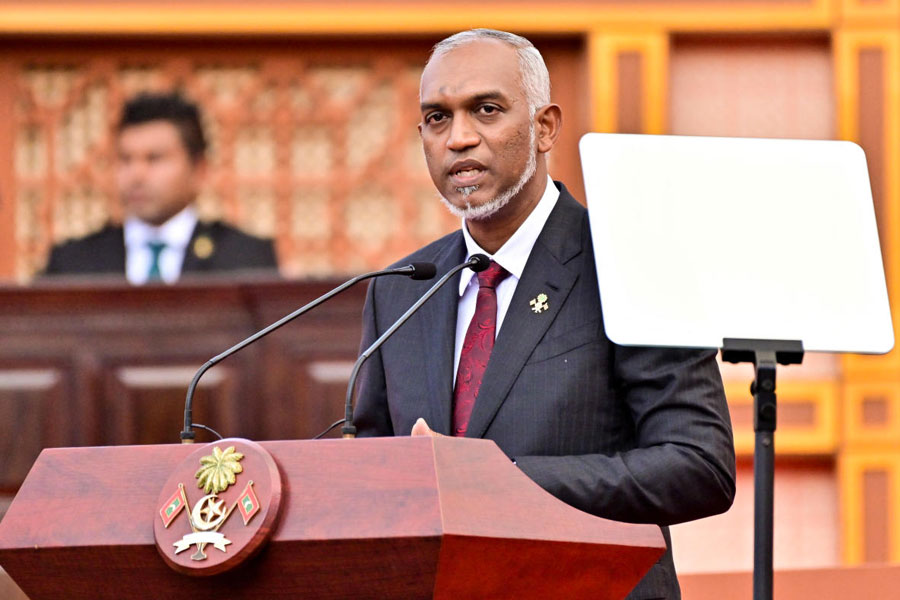It happened around the time a Dharam Sansad or religious parliament was underway in northern India’s ancient city of Haridwar, preaching violence against Muslims, making frenzied hate speeches. That would be around the same time when the bust of Christ was vandalised in Ambala in Haryana. Same time when vigilantes barged into the house of a Dalit family and tried to stop them from celebrating Christmas. It was around then that word got around that Nasa or the United States’ National Aeronautics and Space Administration had hired two dozen theologians. Word was that priest and theologian from the University of Cambridge, Rev Dr Andrew Davison, was among those enlisted to assess how the world’s major religions would react to the discovery of extraterrestrial life.
Good heavens
Nasa’s comeback to trolls? It had not hired anyone; but some years ago it had funded a programme that explored the societal impact of such a discovery. Particulars notwithstanding, what does theology or religion have anything to do with space and the study of it? Apart from the fact that both are tethered to the heavens in different ways. And yet there is enough precedent to show that earthlings have ventured into space again and again clutching at religion and its markers. As Apollo 8 orbited the moon in 1968, the crew read from the Book of Genesis. When a silicon disk was left on the moon at the time of the Apollo 11 mission, it contained among others a message from the Pope.
Ghar Wapas
At the request of the Russian Orthodox church, cosmonauts often carry religious icons with them to space stations. When they get back, these icons are distributed to churches. Astronaut Jeffrey Hoffman carried Jewish artifacts with him in all five of his space missions. And in 2007, when Sheikh Muszaphar Shukor took off into space, the Islamic National Fatwa Council came up with guidelines as to how Muslim astronauts should observe daily rituals. It was all codified in the “Muslim Obligations in the International Space Station”. In 2006, Sunita Williams carried a copy of the Bhagavad Gita and at the time of the launch of Brazilian satellite Amazonia-1 from ISRO in 2021, the Gita zoomed to space in secured digital card format. If indeed space researchers asked the world’s religions how they might react to extraterrestrial life, in all likelihood they would all come together for once to hammer atop the globe a “Trespassers will be prosecuted” signage. Ghar wapas.










